For anybody living in Florida with a knack for growing his or her own small sustainable gardens, it’s no surprise that the state’s yearlong warm climate is perfect for gardening.
Winter vegetable gardens are a great way to add some homegrown flavors to meals in the spring and summer.
South Florida is particularly tropical, and leafy vegetables are ideal for planting in the early months of the year; kale, cabbage, lettuces and broccoli can be sewn straight into the soil and can start to produce within months. Rooted vegetables such as beets are also recommended during the colder months, since they escape the cold weather underground.
The University of Florida’s Institute of Food and Agricultural Sciences suggests planting bedding plants around your winter crops to draw nitrogen to the soil. These can include begonia, browallia, lobelia, dianthus, dusty miller and nicotiana. But, a more local approach to bedding is using a plant called perennial peanut (which notably does not produce any sort of peanut), which can be found at ECHO farms or any local nursery.
Herbs are also very acclimated for the colder weather. Tarragon, thyme, dill, fennel and any of the mints will thrive in Florida during February and March.
Seeds for all of these can be sewn right into the soil, or you can start seedlings indoors and transplant the already-rooted plants, which reduces risk of stunted growth or root complications.
With regular watering, periodic fertilization and occasional pruning, your winter crops will flourish, and you will add homegrown supplements to your daily routine in no time.

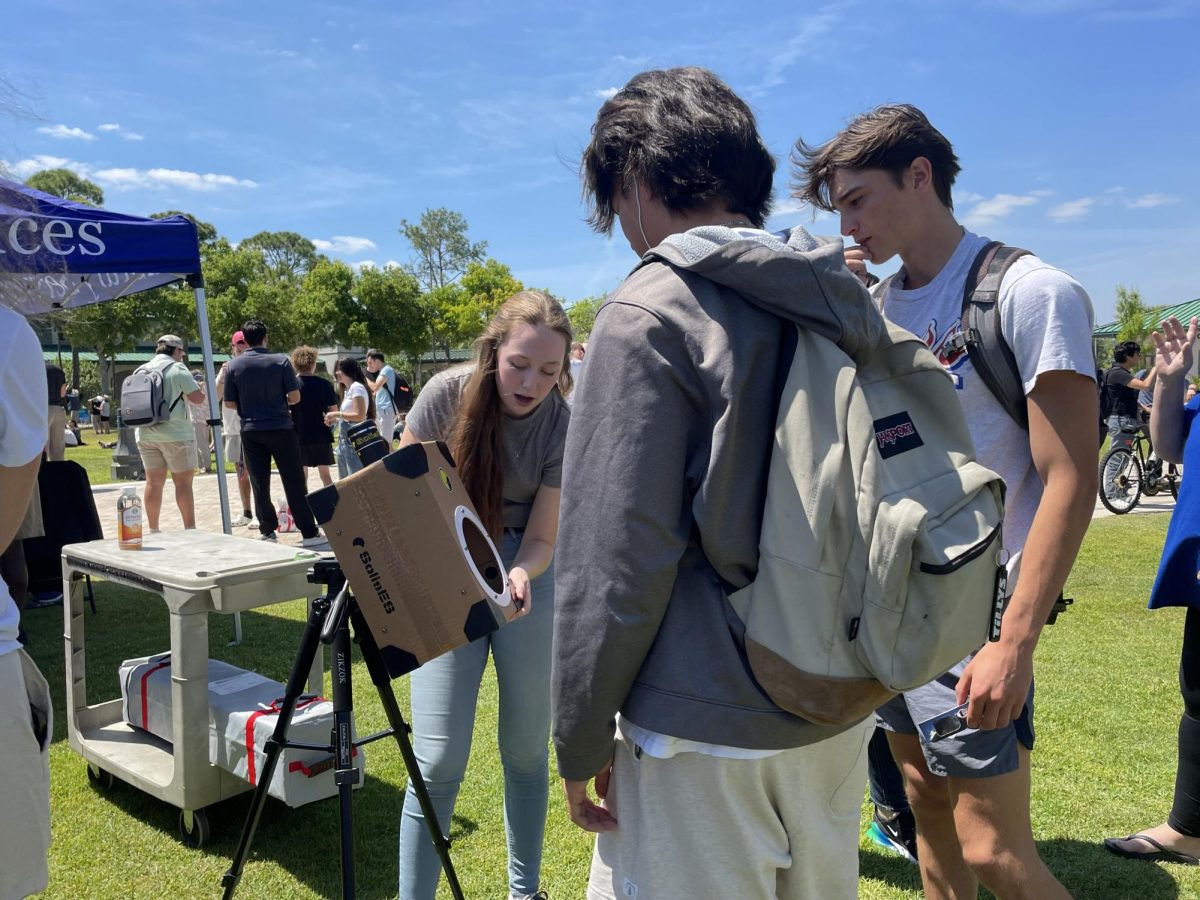


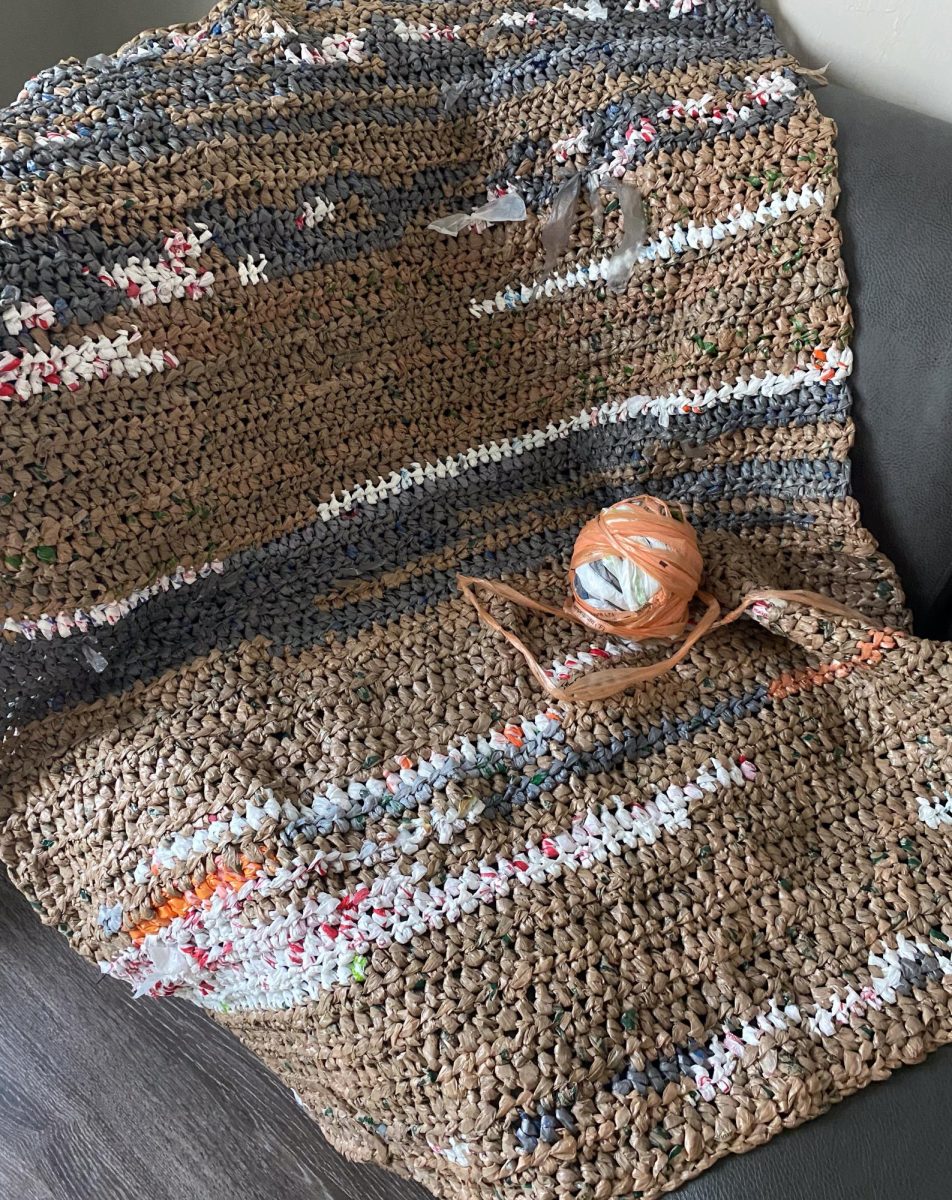
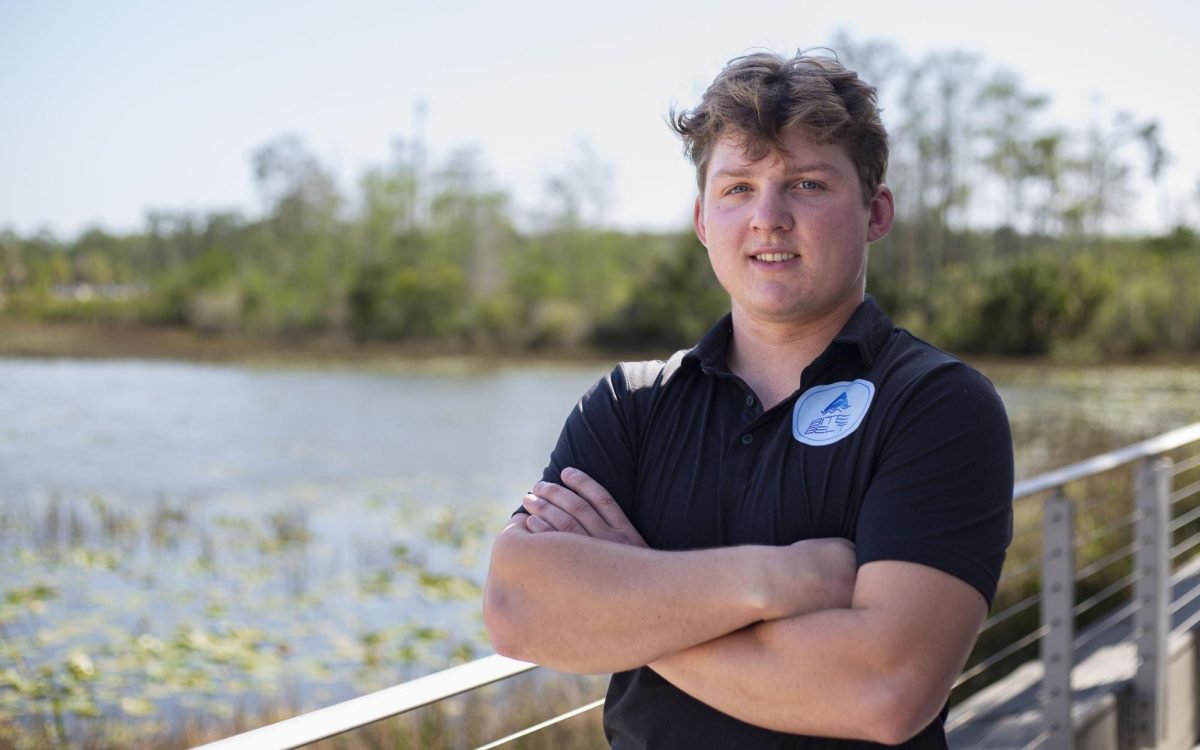
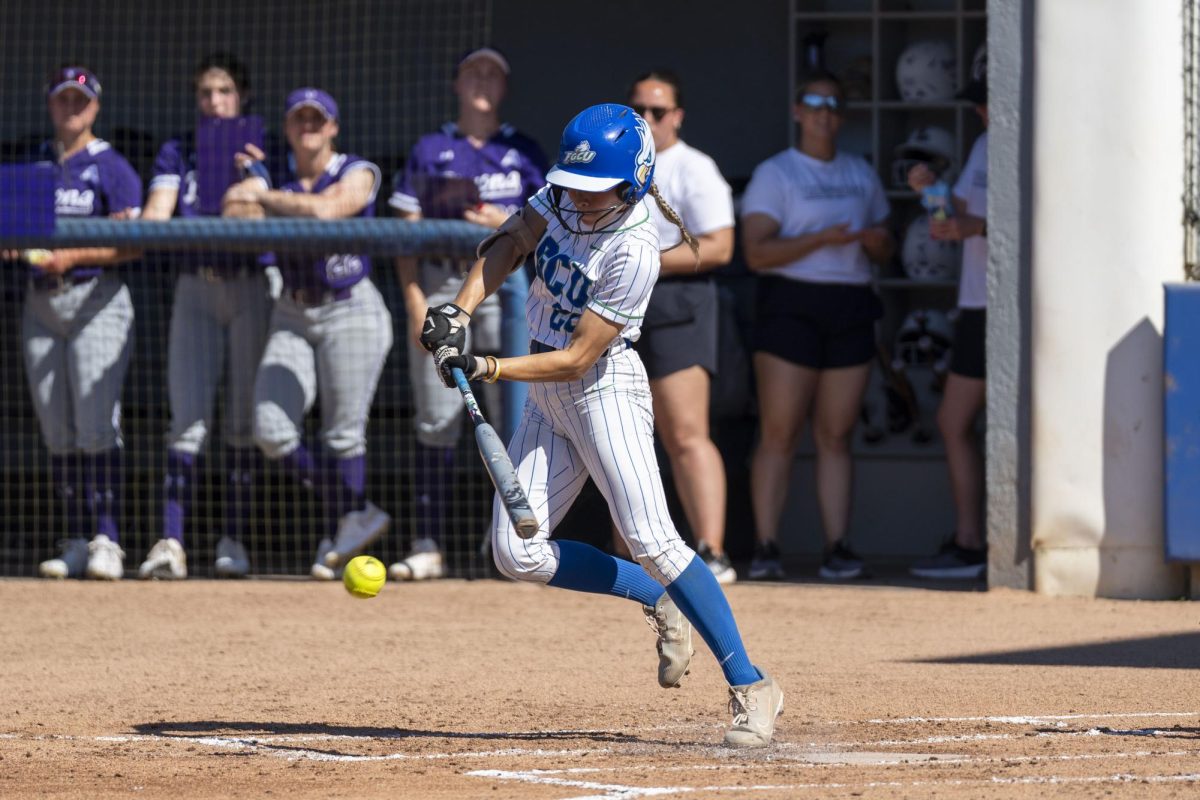





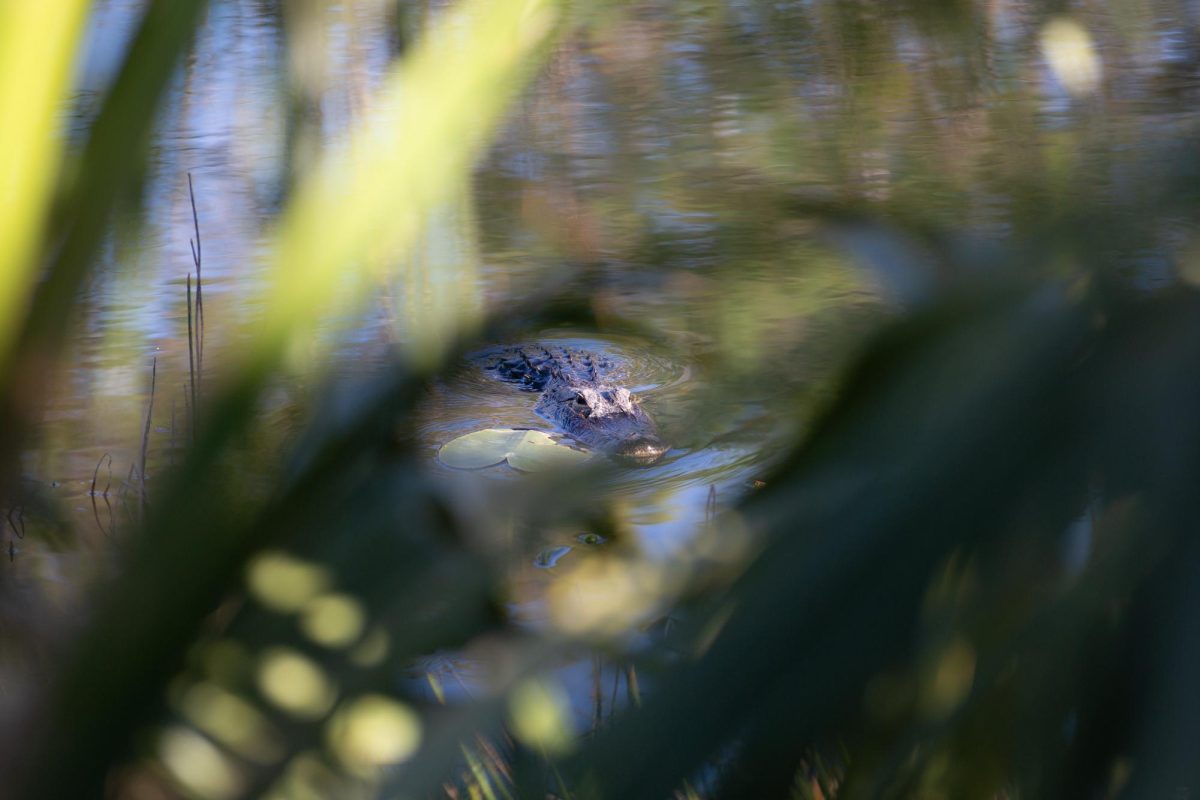
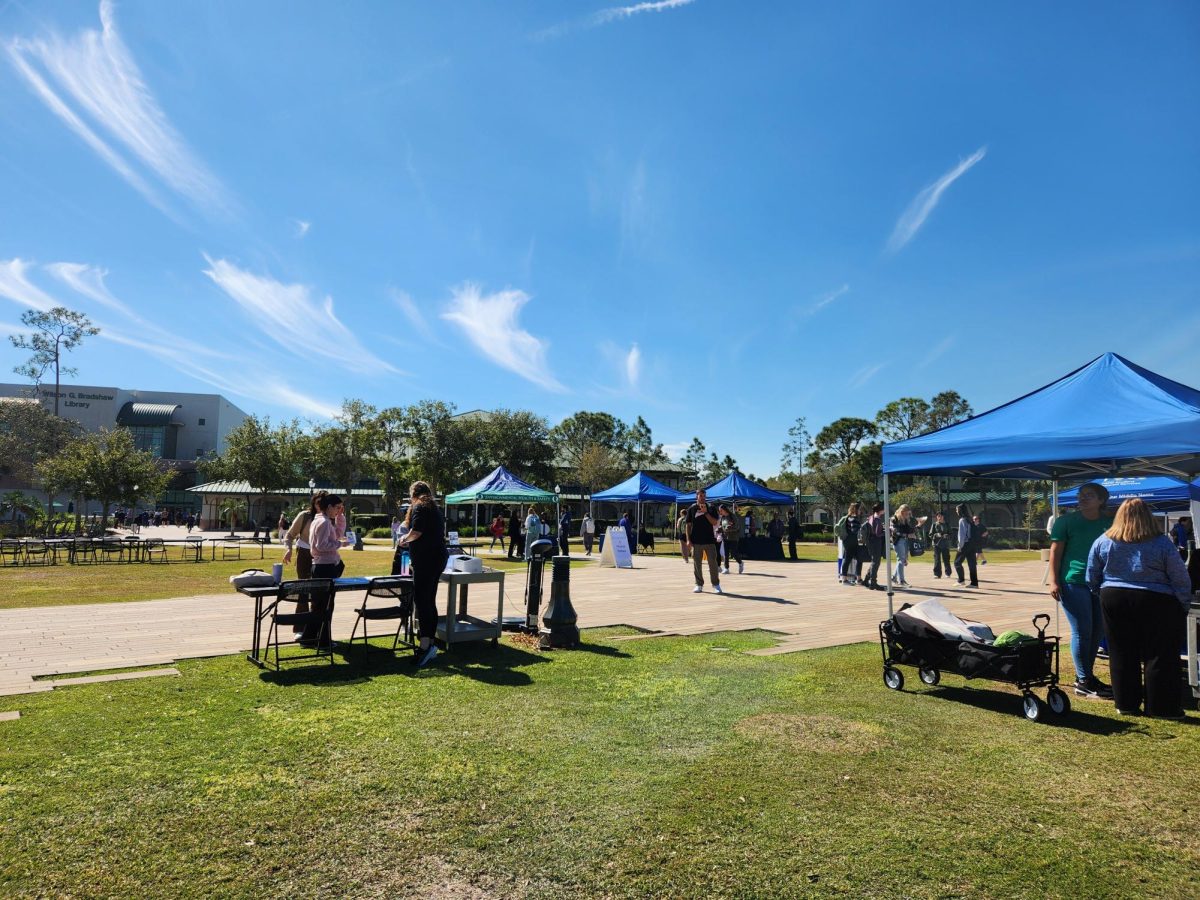
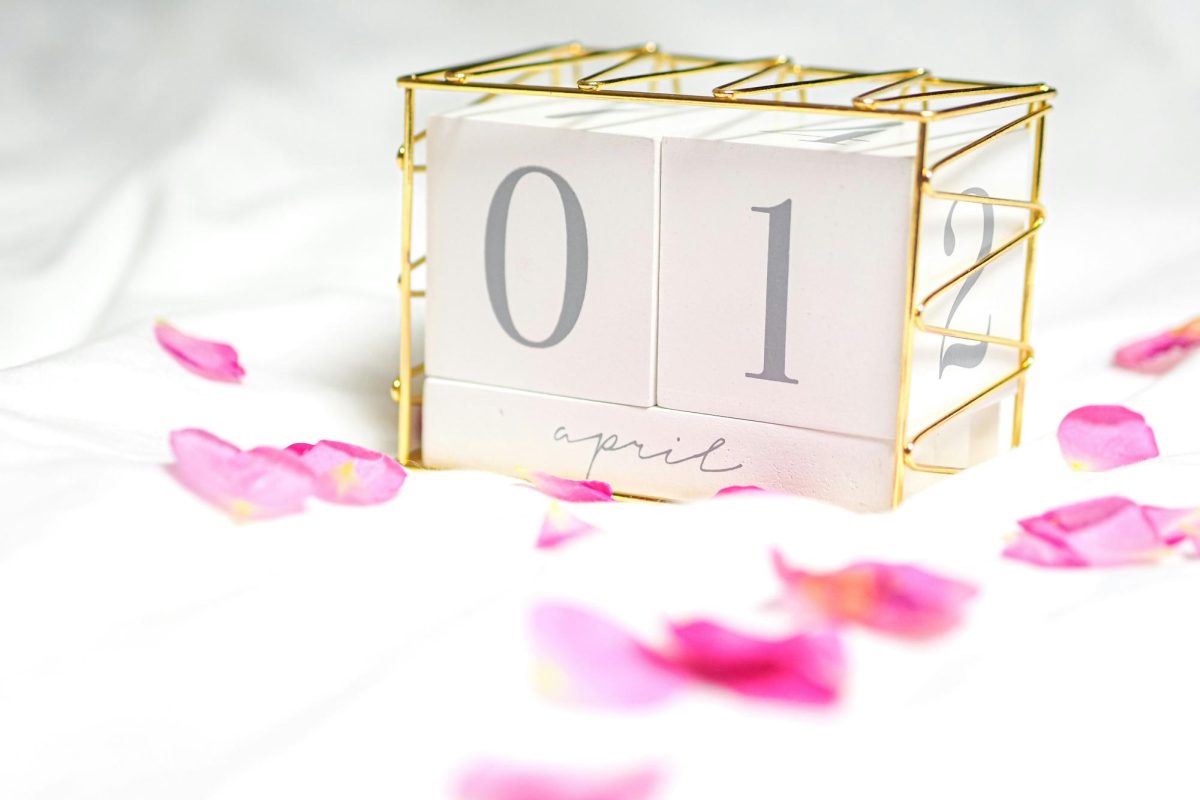






















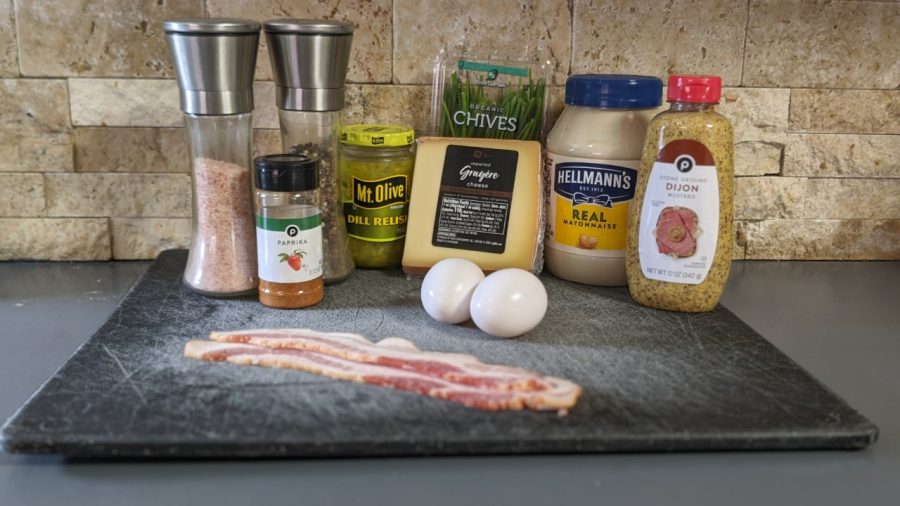

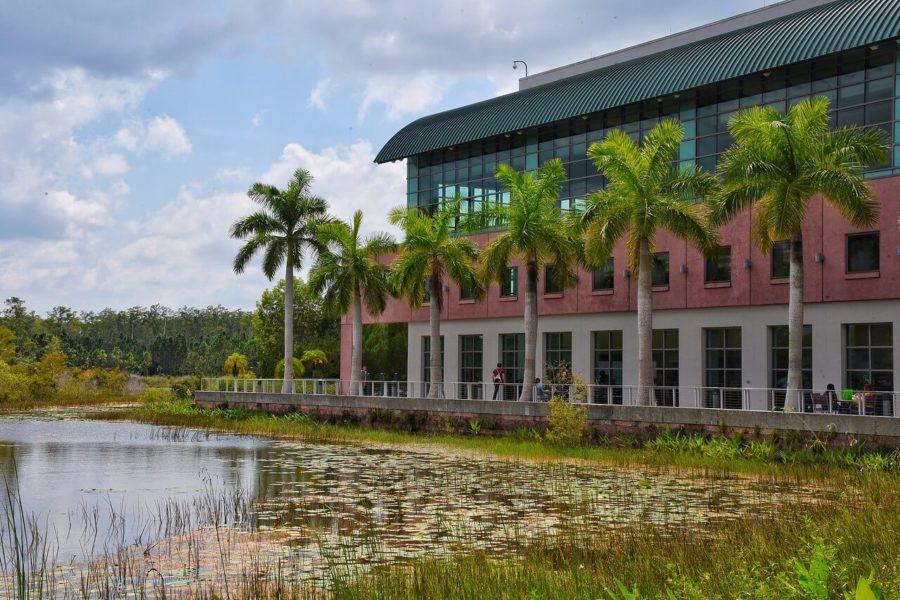
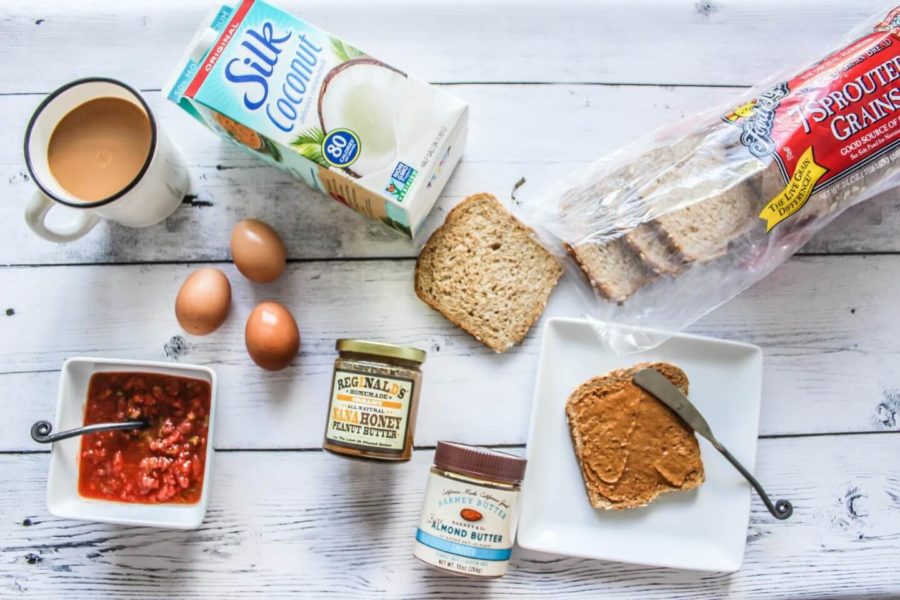
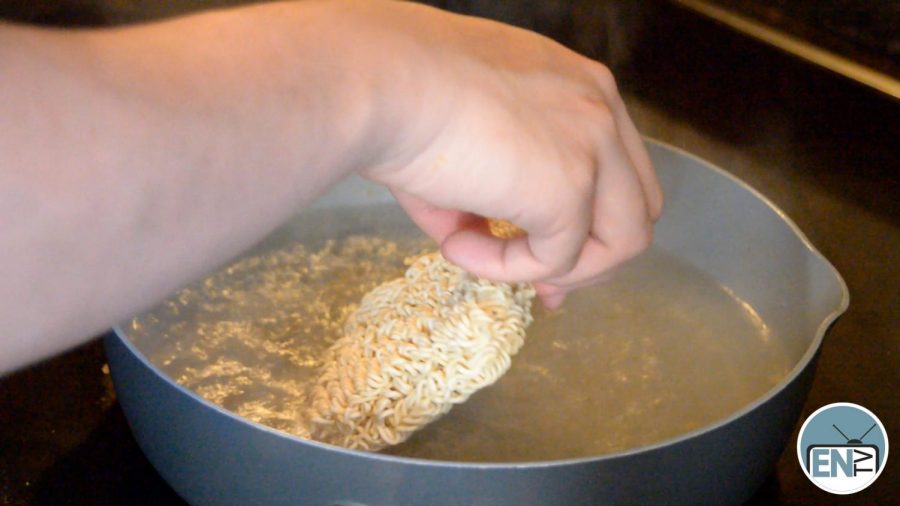
J. Mhael Pece • Feb 12, 2016 at 10:33 pm
I think the writer means “sow the seeds” not “sew” the seeds right into the soil.
M. Pece